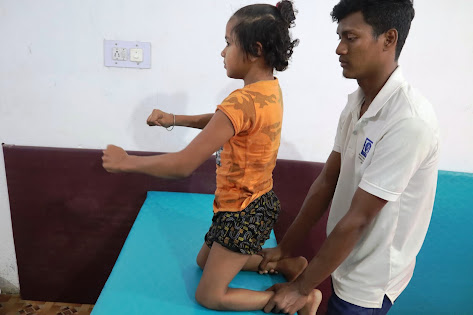ATHETOID CEREBRAL PALSY THERAPY PATTERNS

THERAPEUTIC INTERVENTION FOR "ATHETOID CEREBRAL PALSY" 1. Therapy Program for Athetoid Cerebral Palsy Therapy for this type of CP is typically based on mobility development and to bring in more voluntary motor control by controlling unwanted reflexes that hinders in coordination and balancing the movements. This includes exercising and working on holding posture or keeping the body in a steady, upright position. Physiotherapist uses various exercises to increase the strength in these muscles and prevent any further complications. Physiotherapist plays a great and vital role for children with Athetoid cerebral palsy to overcome any sensory impairment, such as touch and depth perception that make movement more difficult. In the other way Occupational therapist works on to enhance a child's ability to independently play and learn. An occupational therapist will help to make everyday tasks, such as grasping objects, writing or using various modalities that make...




